What Is the Actual Meaning of Cross-Dressing?
The term “Cross-dressing” is quite popular nowadays. But many people still have issues understanding this concept. It is indeed a broad definition, but it has a fixed meaning, not to be confused with other terms. It might not be as clear as we wanted it to be. Doubts lead to misconceptions and discrimination, so it’s essential to have a good understanding of these issues.
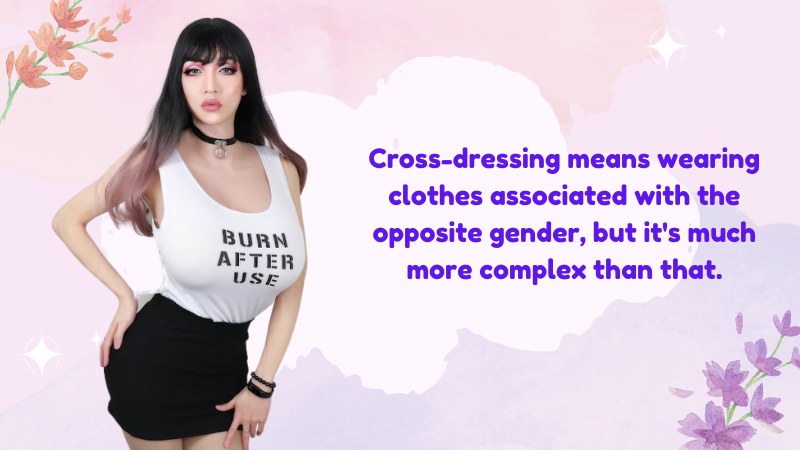
Well, cross-dressing means wearing clothes associated with the opposite gender, but it’s much more complex than that. It’s also important to know that cross-dressing doesn’t make you transgender and is not the same as drag. Here, I’ll discuss the peculiarities of each definition. So, if you want to master these concepts, stay tuned and keep reading!
1. The definition
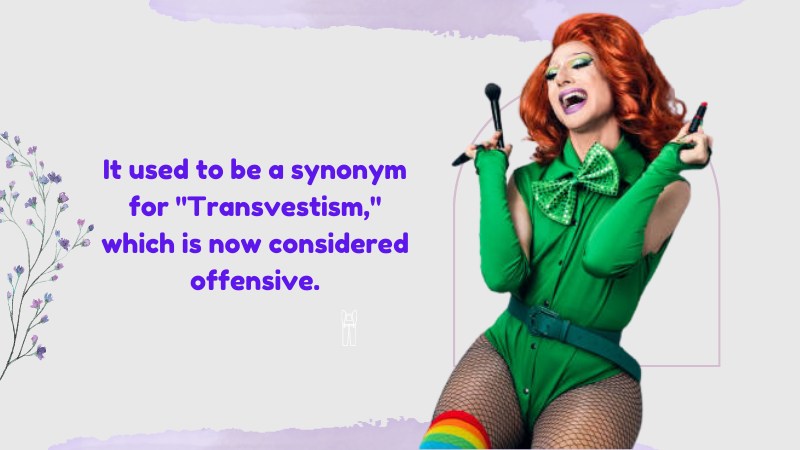
According to the dictionary, the meaning of cross-dressing is “To wear clothes associated with the opposite sex.” Years ago, it used to be a synonym for “Transvestism,” which is now considered offensive, as it was used with a negative connotation. Some people still call themselves transvestites. But this is more associated with feminine gender identity and has a different meaning. Now, cross-dressing is a term that originated among the LGBTQ community some time ago and has a more positive tone.
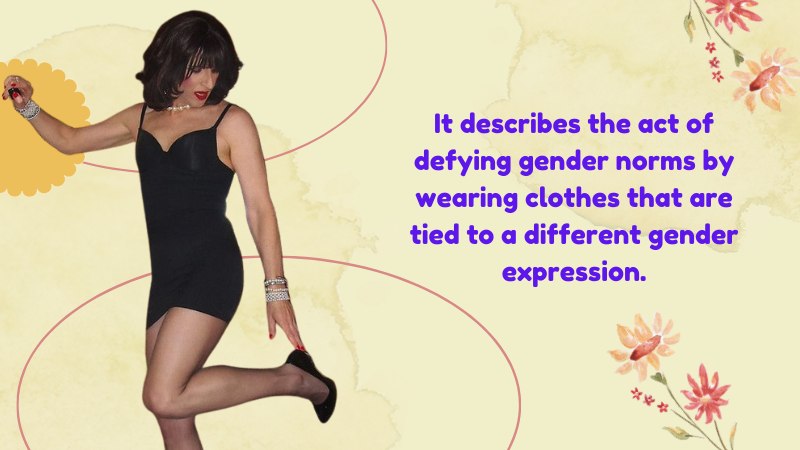
It describes the act of defying gender norms by wearing clothes that, due to cultural reasons, are tied to a different gender expression. As such, it’s essential to notice that cross-dressers might or might not identify as part of the LGBTQ community, but I’ll explain that later. The vital thing you should understand is that this term is here to describe the act of wearing the outfits as mentioned earlier.
2. The motivation
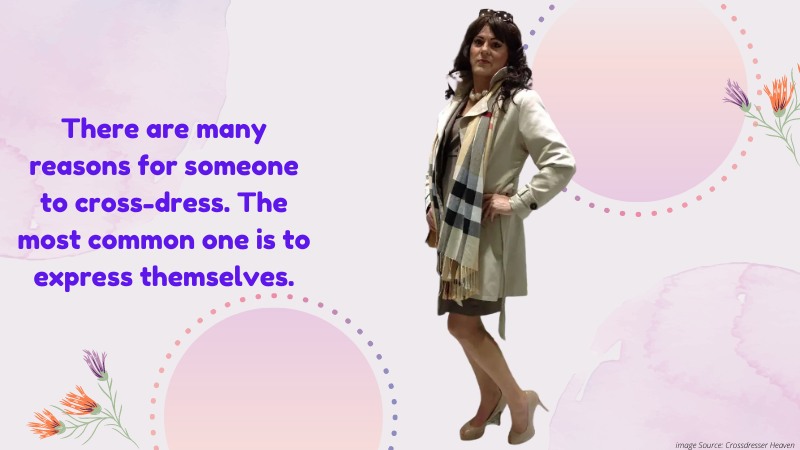
There are many reasons for someone to cross-dress. The most common one is to express themselves. Others do that for entertainment purposes, disguises, and some sort of sexual satisfaction. But it can be something even more straightforward, such as liking some outfit designed for another gender expression. Each cross-dresser has a unique motivation, and this may be the broadest and most flexible aspect of cross-dressing.
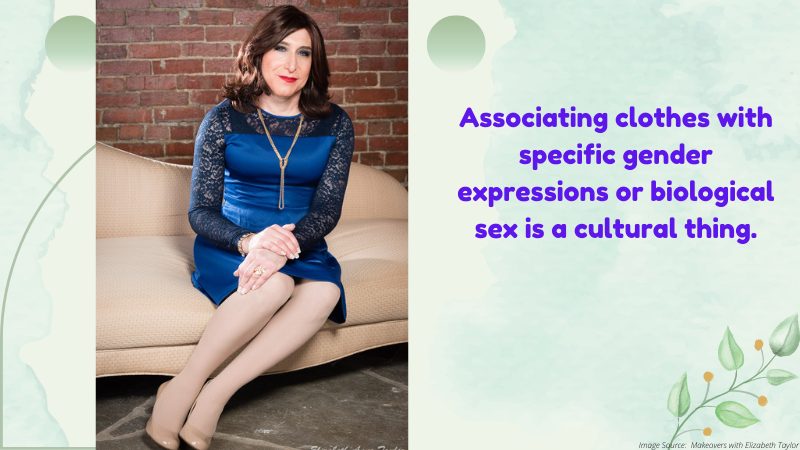
But all of them are valid nonetheless, and each one finds its place in the community. Associating clothes with specific gender expressions or biological sex is a cultural thing. Therefore, cross-dressers might have different goals in different cultures. But generally speaking, people cross-dress because it’s something they enjoy.
3. Types of cross-dressers
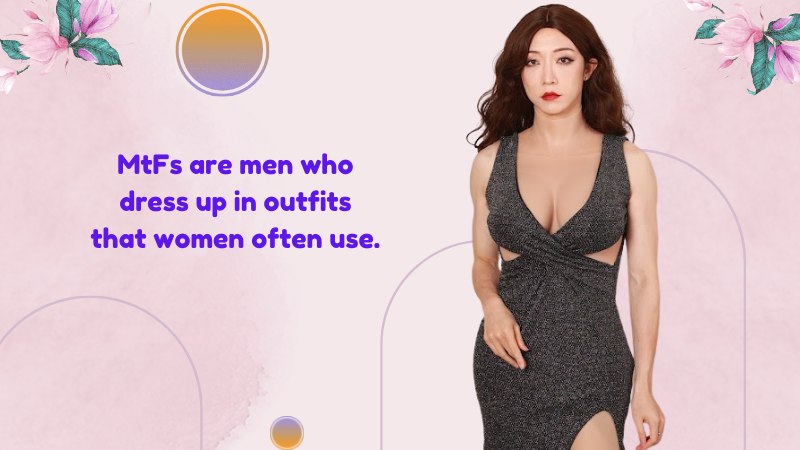
If I am going to describe the aspects of cross-dressing, I must start by telling the most common types of cross-dressers. Allow me to begin by differentiating MtF and FtM cross-dressers. MtFs are men who dress up in outfits that women often use. These are generally dresses, skirts, and feminine underwear. In some cases, they also use makeup and wigs to complete the look.
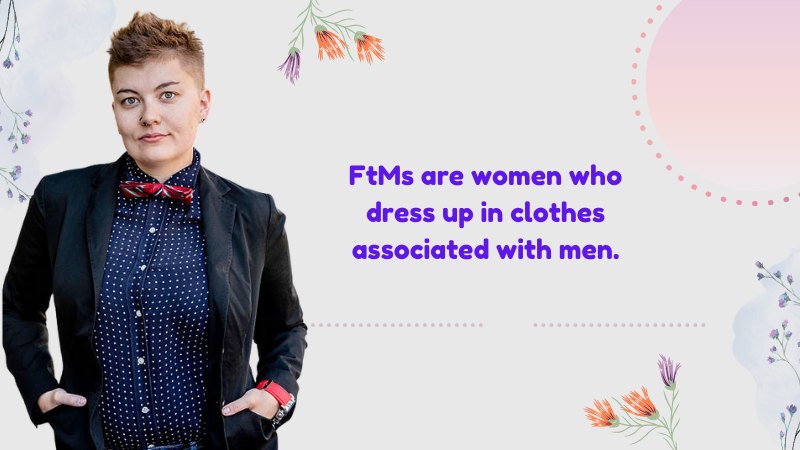
FtMs, on the other hand, are women who dress up in clothes associated with men. But masculines clothes tend to be gender-neutral instead of gender-specific. Trousers and shirts can be worn by women without it counting as cross-dressing if they want. Because of that, MtF cross-dressers used to have more visibility since it was more obvious that they were, in fact, cross-dressing. Some gender-fluid and non-binary people may also identify as cross-dressers if they want to. They might use their gender identity or their biological sex as a reference.
4. Why is it different from being trans

I must add that a cross-dresser does not have to identify as someone of a gender different from the one assigned to them at birth. So, even though these concepts may overlap sometimes, cross-dressers are not necessarily transgender. A trans person is someone who identifies as something other than their assigned gender based on their biological sex. A trans woman, for example, might’ve been assigned as male when she was born. But she identifies herself as a woman and most likely wants to live like that 24/7. The chances are that she’s willing to have sex-reassignment surgeries and start hormone replacement therapy. All of that so she can live as who she is on the inside and deal with gender dysphoria. In other words, she feels uncomfortable in the body she was born with and the gender that was assigned to it. As such, calling a trans person a cross-dresser is somewhat disrespectful. It implies that you don’t see that person as being from the gender they identify as.
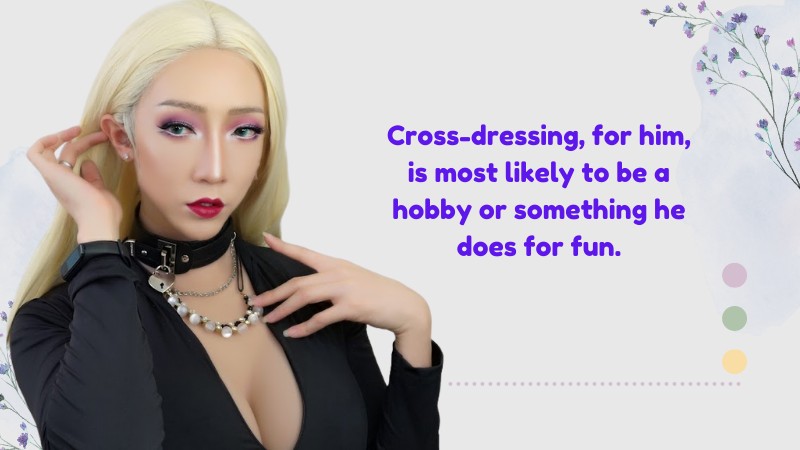
An MtF cross-dresser, on the other hand, does not have to identify as a woman. He can be a cisgender man who likes to wear woman’s clothes sometimes. But it doesn’t make him less of a man. He might be perfectly comfortable with both his body and genitals. Cross-dressing, for him, is most likely to be a hobby or something he does for fun. Cross-dressers rarely suffer from dysphoria. And are almost never willing to go through surgeries or hormonal treatments.
5. Are cross-dressers and Drag Queens the same?
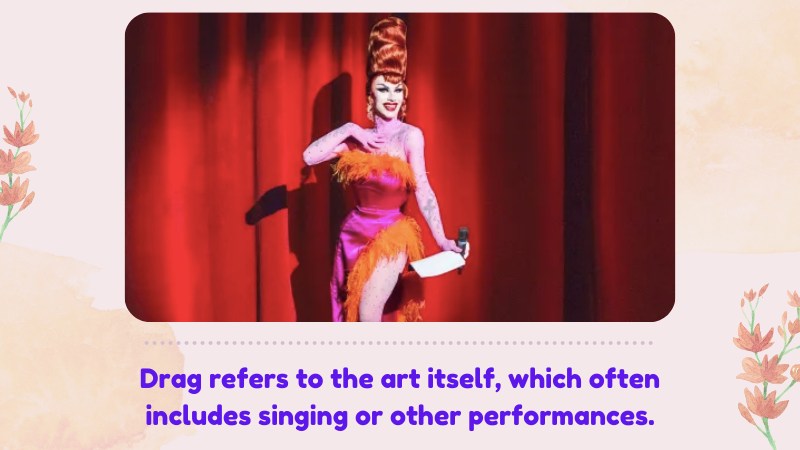
The short answer is no. The long answer is not exactly. From a certain point of view, drag queen art can be seen as an extension of cross-dressing. Drag queens are female characters, generally portrayed by male artists, who cross-dress in order to do so. But drag refers to the art itself, which often includes singing or other performances. Even women and non-binary people can be drag queens, but men are the vast majority in the field. And because of that, most drag queens are cross-dressers.
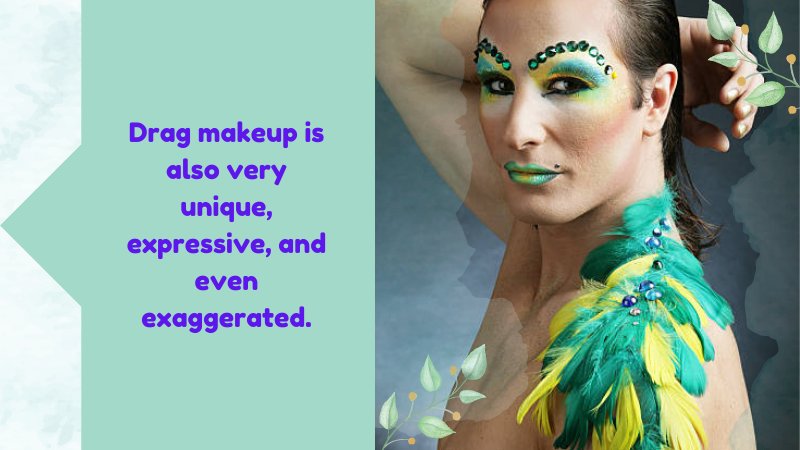
Women who portray masculine drag personas are known as drag kings and are also cross-dressers. But if a woman portrays a drag queen, a female character, she is not cross-dressing. Drag makeup is also very unique, expressive, and even exaggerated. It is different from conventional cross-dressing makeup. With that in mind, we can state that not every cross-dresser is a drag queen. In fact, very few of them are. But the majority of drag queens are cross-dressers.
6. Am I gay if I cross-dress?

Cross-dressing does not make you gay by any means. Sexual orientation is different from gender expression or gender identity. You can dress up in very feminine clothes but still be straight. In fact, I’ve found out in a study that most cross-dressers are straight men. The study said that some of these men were trying to become “The object of their own desires.” That is, they dress up as a woman because they are so attracted to them that it becomes a fixation. But cross-dressers can have any sexual orientation. It includes straights, homosexuals, bisexuals, asexuals, and everyone else. That’s because the way you dress has nothing to do with your sexual orientation!

Think of cross-dressing as a hobby, something you do for fun. Your other hobbies do not interfere with your sexual orientation. They are something you do for fun and don’t have to be a way of life. Very few cross-dressers stay en femme 24/7, and many of those who do still like girls. Some people may use cross-dressing as a means of sexual satisfaction, but it still does not define their orientation. It is more of a kink than an actual sexual preference.
7. Who can be a cross-dresser?
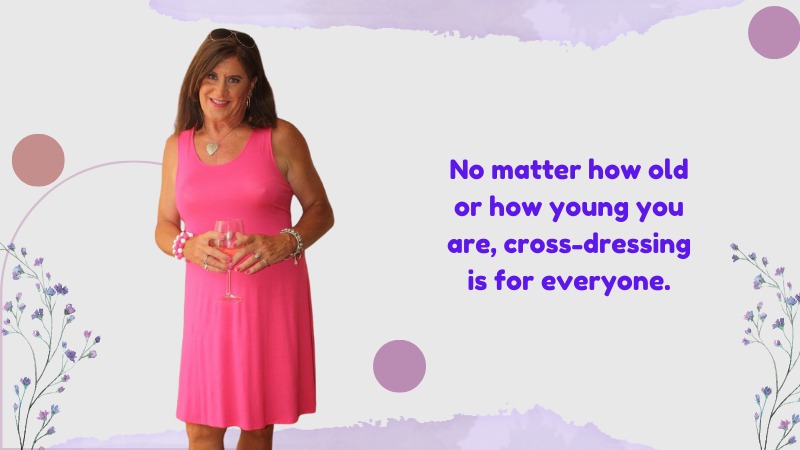
Cross-dressing is a very inclusive activity. Anyone can do it! No matter your gender, age, or body type. If you feel like you want to try it, go ahead. You can dress up the way you want to, and you shouldn’t let beauty standards dictate your goals. As for the age limit, there’s none. No matter how old or how young you are, cross-dressing is for everyone. Young people have more chances to pass as the opposite gender since some of their gender-specific features haven’t developed yet. But passability isn’t mandatory for cross-dressing. People exist in many different shapes and sizes as well, and it should never prevent you from dressing up. You know, I used to think I was too chubby to cross-dress, but after I tried it for the first time, I saw that my negative thoughts were pure nonsense. All you have to do is adapt your goals and techniques to your body type. It helps if you base it on real people instead of the idealized bodies the media sells as “normal .”These standards are almost impossible to reach, and their only goal is to make you jealous.
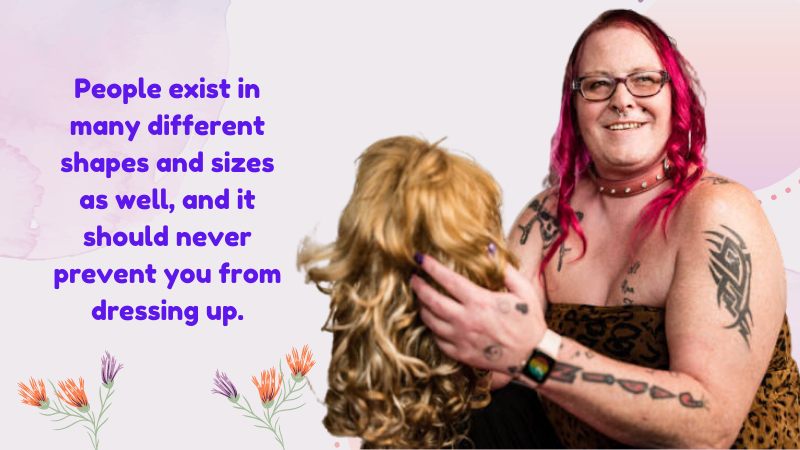
As you can see, cross-dressing is a broad term that overlaps with some different definitions. But it is important to know what it means, so you don’t offend anyone by mistake. There are many different aspects of cross-dressing, which makes it a versatile experience. Because of that, anyone can be a cross-dresser, choosing some of its aspects to enjoy. In the end, it’s a matter of doing something you like and doing it your way. For short, we can say that cross-dressing is being true to your inner self, allowing a true expression of it. Do you have any doubts regarding those definitions? Let us know in the comments below!
Quiz:
What of these definitions match you the most?
Tagged With:Cross Dressing Meaning , What Is a Crossdresser
3 comments
Leave a Reply
- What is a Crossdresser? Understanding the Behavior, Its Origins, and Social Context
- Crossdresser vs. Transgender: What’s the Difference and Why Does It Matter?
- Why Do Some Straight Men Enjoy Crossdressing?
- 7 Best Mtf Trans and Crossdresser Podcasts in 2024
- Journey With Roanyer : Your Beginner Crossdressing Store
- The Intersection of Cosplaying and Crossdressing
Established in 2009, We are a recognized manufacturer and seller of professional crossdressing products.
It is our aim to become not just the most creative manufacturer but also a very considerate seller, as we provide the best quality products for crossdressers all around the world.
























 Breast Forms
Breast Forms  Body Suit
Body Suit  Realistic Mask
Realistic Mask  Femini Girdle
Femini Girdle Hip & Butt Enhancement (8)
Hip & Butt Enhancement (8) Penis Prosthesis
Penis Prosthesis Fake Muscle
Fake Muscle Bikini
Bikini  Wig
Wig  Corsets
Corsets Course
Course service@roanyer.com
service@roanyer.com +8618652200711
+8618652200711 Facebook
Facebook YouTube
YouTube Twitter
Twitter Instagram
Instagram





I WANT TO CROSS-DRESS AS AN 18-MONTH-OLD BABY IS THAT POSSIBLE?
I’ve been a crossdresser pretty much all my life and I absolutely love it . These last few years I’ve almost come out completely still I’ve one stiletto in the closet but getting brave on a daily basis. Being divorced has made it a lot less stressful at the same time lot more expensive lol you can’t have too many shoes!! Thank you to all those who support us and doll your selves up I am …….
Great information. I’m mature and very mew thanks